Like Halley’s comet or the launch of new iPhone ads, it is a momentous occasion when you wake up to a buzzing design (and online) community eager to talk about a logo. The last sighting of something like this was four years ago, with UPS. How times have changed since then; now dozens of blogs are on it and hundreds of non-designers are intrigued. I even woke up to fifteen e-mails with the same subject line: Olympic logo of London 2012.

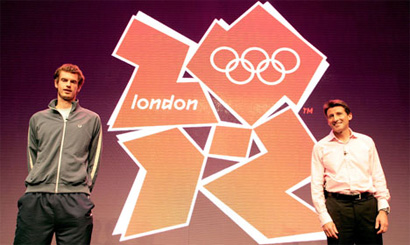
Tennis player Andy Murray (left) and Sebastian Coe.
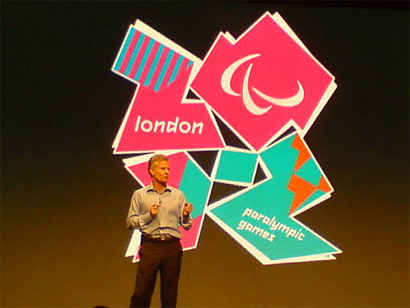
Introducing the Paralympic Games logo.
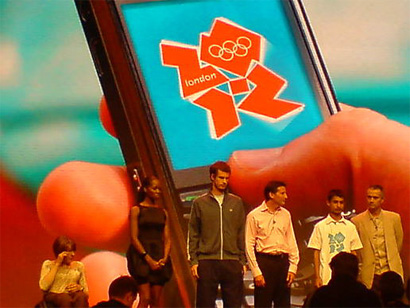
Demonstrating that something will happen on your cell phone.

This morning, the London Organising Committee for the Olympic Games, headed by Sebastian Coe (head of the London bid in 2005 and former Olympic athlete), unveiled the identity of their 2012 games at the Roundhouse center (nice logo, by the way). Designed by Wolff Olins at an expenditure of £400,000 (almost $800,000) the logo has been met with expected ambivalence, and, in some unavoidable cases, hatred — actually, so far, in 11,550 cases. A petition is already under way to either redesign the identity or go back to the bid logo. MetaFilter, a mob that you love to hate and hate to love, is questioning the expense. The news has also gotten BuzzFed. In a BBC vox pop, Londoners expressed their dissatisfaction, “No, I don’t like it. I don’t like pink color,” said a woman wearing a dark pink sweater. And, for a laugh, you can read this handy collection of blog quips gathered in an articled titled “The London 2012 logo: the blogosphere is angry”. So what’s the big deal?
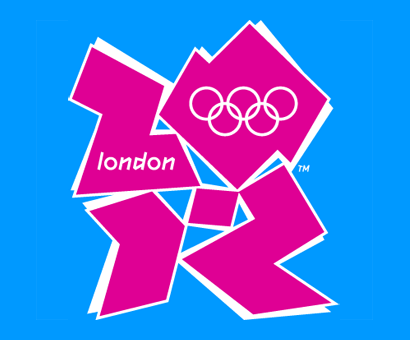
Part of the problem is that the logo comes with too much hyperbole, rhetoric, metaphors and inflationist meanings. A few choice clippings from the press release:
The powerful, modern emblem symbolises the dynamic Olympic spirit and its inspirational ability to reach out to people all over the world.
London 2012 will be Everyone’s Games, everyone’s 2012. This is the vision at the very heart of our brand. It will define the venues we build and the Games we hold and act as a reminder of our promise to use the Olympic spirit to inspire everyone and reach out to young people around the world.
The new emblem is dynamic, modern and flexible reflecting a brand savvy world where people, especially young people, no longer relate to static logos but respond to a dynamic brand that works with new technology and across traditional and new media networks.

And Wolff Olins was eager to add their own monumental spin on their own, unbearable web site:
Echoing London’s qualities of a modern, diverse and vibrant city, the London 2012 emblem is unconventionally bold, deliberately spirited and unexpectedly dissonant.
The emblem’s form is inclusive. It can talk to anyone. It has incredible flexibility, yet is consistent. Behind the emblem is a dynamic grid from which comes a distinct visual language. A palette of colours, lines and shapes that create energy, inspiration and interest across every application.

Interestingly, Wolff Olins and the Committe have managed to find a way to deploy all these intentions, and more, unto their (I think) catchy promotional video, (which you can see here in its entirety):
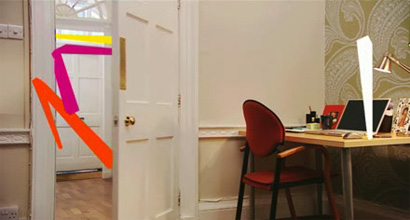
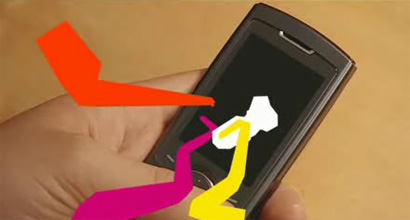
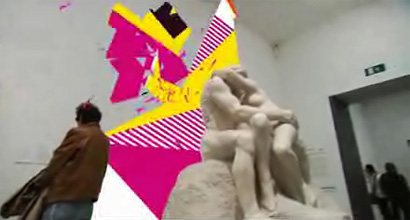
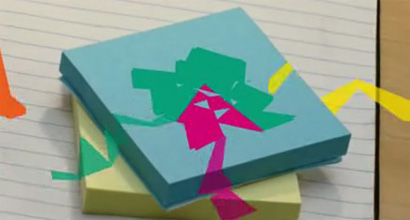
The games will be everywhere. Even in your Post-its!

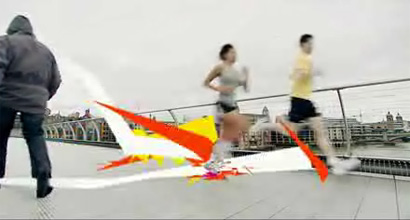
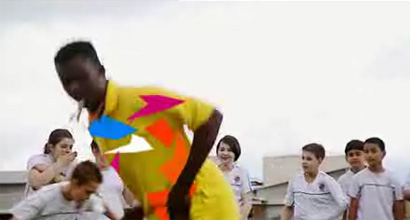
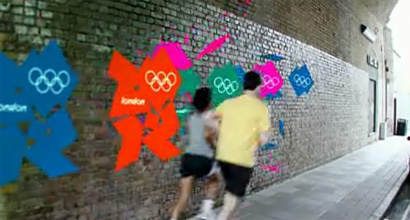
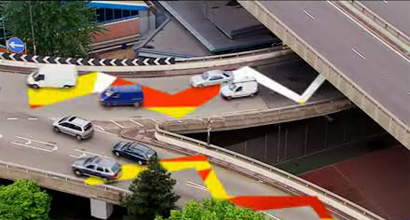
And they will be for everyone!

Clearly, both London’s Organising Committee and Wolff Olins are pleased. One praise that I actually found relevant, more so than the self-inflicted, was by International Olympic Committee President Jacque Rogge [bold emphasis mine]:
This is a truly innovative brand logo that graphically captures the essence of the London 2012 Olympic Games — namely to inspire young people around the world through sport and the Olympic values. Each edition of the Olympic Games brings its own flavour and touch to what is now well over a century of modern Olympic history; the brand launched today by London 2012 is, I believe, an early indication of the dynamism, modernity and inclusiveness with which London 2012 will leave its Olympic mark.
This is where I think the London 2012 identity succeeds. Whether you like it or hate it, the work is extremely unique and memorable. More so than any of the last Olympic Games [pop up] and I would even go as far as comparing it with the 1968 Mexico Olympic program in terms of a radical approach. What Wolf-Olins has been able to create is a visual language that can be implemented across all media without succumbing to boring repetition and, again, whether you like it or not, this is an extremely complicated thing to achieve. Much more to do it in an exciting way. Yes, slowly, I am throwing praise of my own to this identity. I really don’t “like” the basic logo, I feel it’s clunky and ugly (maybe sexy-ugly) and I still have no idea why that loose hyphen is there, smack in the center, but the way it is used and supported by its own unique language is highly rewarding for me.
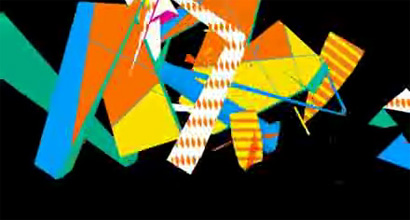
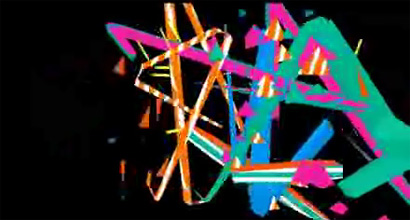
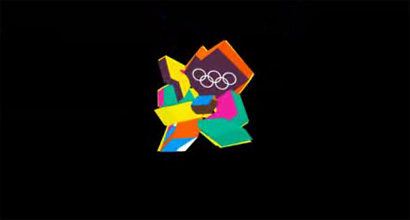
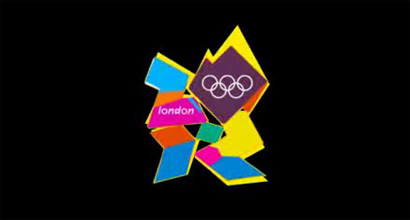
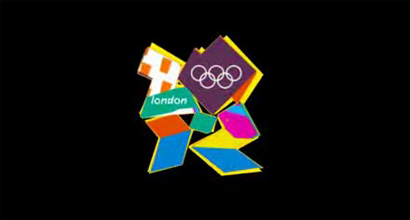
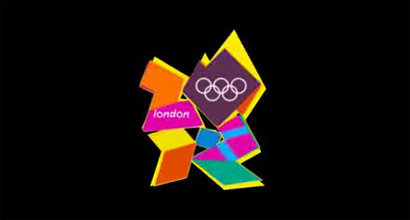
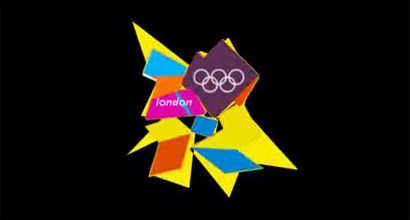
Closing seconds of the promotional video, showcasing the range of executions of the identity.

The influences (intentional or not) of the new identity are clear and evident. And timely. And fun.
Money for Nothing, Dire Straits, 1985.
MTV’s launch in 1981.

Aren’t trends supposed to circle back around every 30 years? The 2010s will mark three decades since the 80s so Wolff Olins may even be ahead of the curve. The Committee has five years to build this brand, and, if Speak Up and Brand New are still around, I think this will be one of the most interesting case studies of brand building and improved perception through consistent and relentless execution. I believe, despite any ensuing boo’s, that this is some of the most innovative and daring identity work we have seen in this new millennium, and the lack of cheesy and imagination-impairing gradients gives me hope that identity work can still be resurrected on a larger scale. What I fear is that we will all see Halley’s comet first, in 2061, before we see any more risks in identity design.







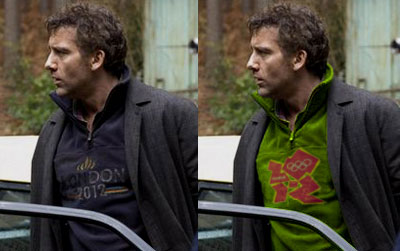





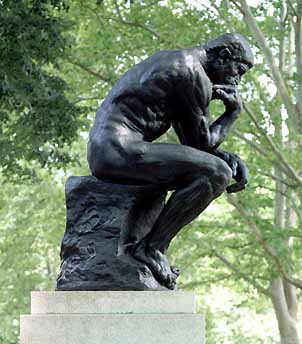



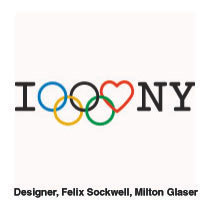
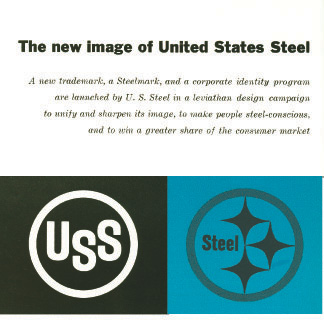
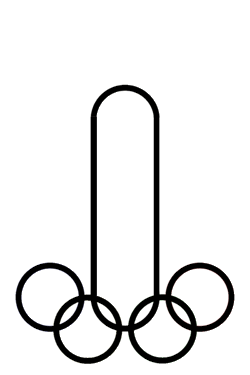



Personally, the only thing I see in this logo is quite accurately depicted in the graphic on the below link.
www.demomac.com
In all seriousness, anything attempting to be "street" or attempting to connect with youth in a condescending tone will always be rejected by its target purely because of the nature of its inception.
On Jun.04.2007 at 07:03 PM